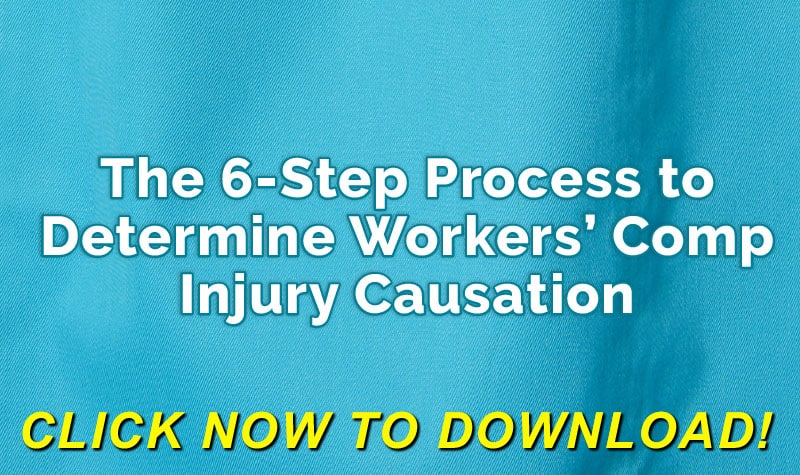The Worker’s Compensation Research Institute (WCRI) has issued a report that workers treating doctors will have an economic incentive to transfer treatment from the Affordable Care Act to workers’ compensation. Similar transfers have been going on for decades but they started when workers initiated the transfer to take advantage of the potential of a settlement could be realized. The current problem is related to the disparity of how medical claims are treated under ACA versus workers compensation.
The problem is made worse by the insistence of federal regulations that all compensation claims must be computer readable so that the federal agencies (or other plans) can locate conditions that can result in a cost transfer which will add to the number of compensation claims.
For Many Employers It Won’t Be A Trickle, But A Broken Main Pipe
All of this is predictable, since it has been going on, with slightly different players under different laws, for decades. But saying that nothing will change is like comparing a common cold to raging pneumonia. Or, to put it another way, for many employers the added expenses to workers compensation will not be a trickling down but a broken main pipe.
Worker’s compensation attorneys will be the unintended beneficiaries of this trend. But, since attorney fees are based mostly on wage loss benefits to workers, instead of medical costs, the employer will be at risk, especially with older workers with chronic conditions.
Another dangerous feature of worker’s compensation laws is that if old injuries exacerbate later acquired conditions, the new conditions might also be compensable. In the 1970s worker’s compensation controversies often involved adding the effects of normal aging to an old claim and converting it into a retirement claim. At the time, in NY that meant lifetime partial disability payments.
Another dangerous feature of worker’s compensation is the potential for copy-cat claims in a single workplace, especially in areas where a local medical group might be treating a large group of employees.
Best Defense Is Documentation
Employers can be reassured that the compensation carrier will defend with vigor, but they will need assistance. In cost transfer situations the best defense is thorough documents of a worker’s activities to demonstrate that there was no observed or reported problem which could be attributed to the workplace.
Author: Attorney Theodore Ronca is a practicing lawyer from Aquebogue, NY. He is a frequent writer and speaker, and has represented employers in the areas of workers’ compensation, Social Security disability, employee disability plans and subrogation for over 30 years. Attorney Ronca can be reached at 631-722-2100. medsearch7@optonline.net
©2015 Amaxx Risk Solutions, Inc. All rights reserved under International Copyright Law.
Employers/Carriers/TPAs/Brokers/Vendors looking for additional information FREE resources for Workers Comp cost containment best practices are invited to access Amaxx FREE Workers’ Comp Cost Containment Essentials training series
Do not use this information without independent verification. All state laws vary. You should consult with your insurance broker, attorney, or qualified professional.











